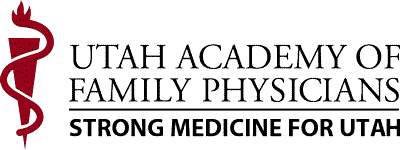By Alan Pruhs
Community Health Workers have been a valuable addition to primary care clinicians and care teams. Their unique perspective and ability to connect with patients have contributed significantly to improving quality outcomes and lowering health care costs. CHWs have a keen ability to communicate with patients, who may otherwise feel judged or unwilling to share social determinants with clinicians.
In the calendar year 2019, 557 clients received a CHW intervention. The CHWs met with patients, established rapport, conducted Social Determinants of Health (SDoH) screenings, made home visits, and provided 2,133 referrals to community services to address identified needs. SDoH data showed that 15% of clients identified six or more socioeconomic needs, increasing to 61% of clients with three or more socioeconomic needs. Dental care (54%), transportation (48%), food (43%), housing (29%) and mental health care (29%) were the highest areas of need. CHW referrals lead to access to needed resources, most of which included connections to food (15%), medical services (12%), transportation (10%), housing (9%), clothing (9%) and mental health services (7%).
CHWs also use the Patient Activation Measure (PAM) questionnaire, developed by Insignia Health, to measure systemwide cost savings based on client changes within four different levels of engagement: disengaged, becoming aware, taking action and maintaining behaviors. According to Insignia Health, “Each point increase in a PAM score correlates to a 2% decrease in hospitalizations and 2% increase in medication adherence.” During the intervention, referrals to community resources improved client relationships, goal setting, empowerment and health engagement. Fifty-six percent of clients increased their engagement level, as measured through the PAM — improving on average 10.4 points, and resulting in a systemwide cost savings of $6,264 per patient per year.
Alan Pruhs
This story appears in Issue 2 2020 of the UAFP Journal.









